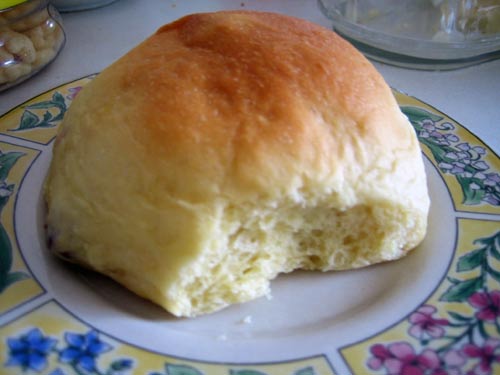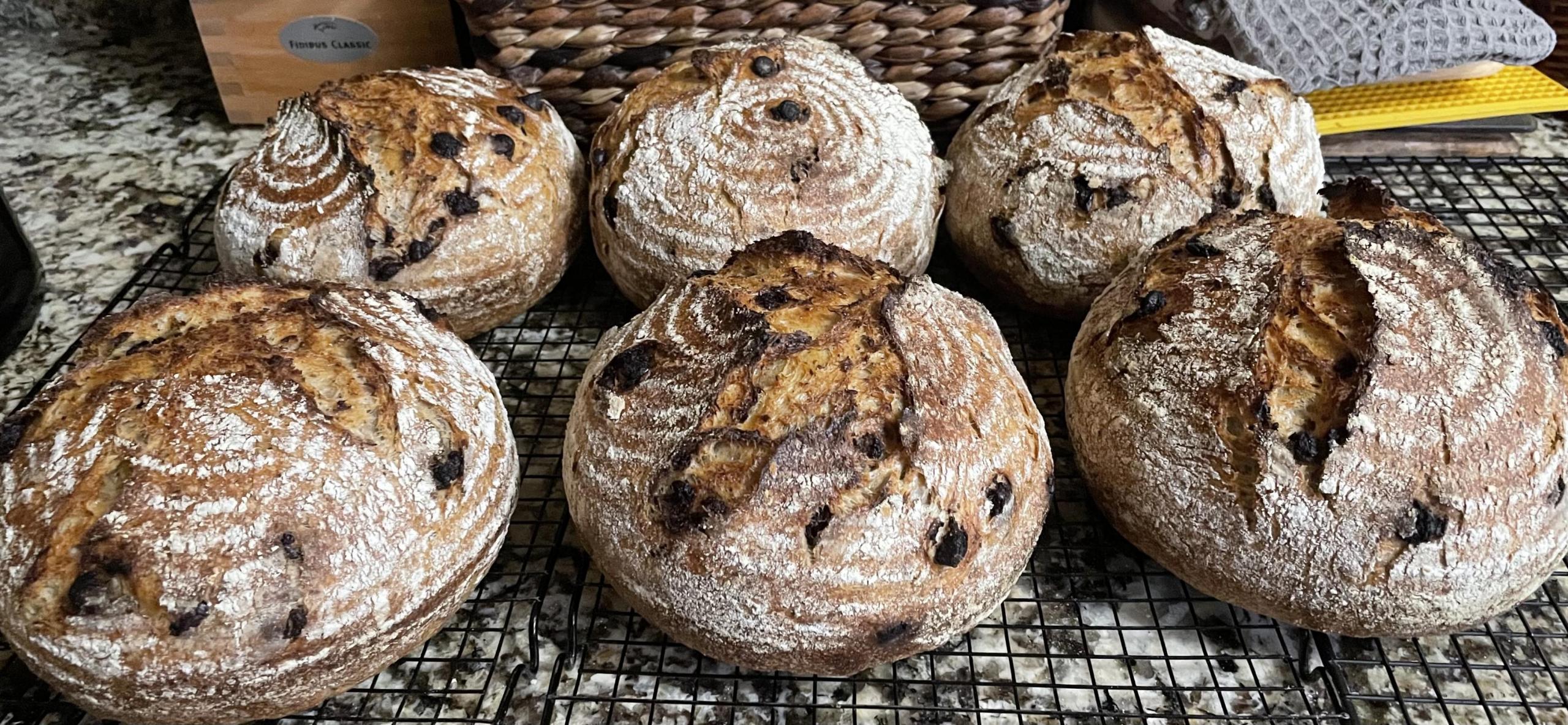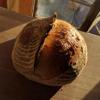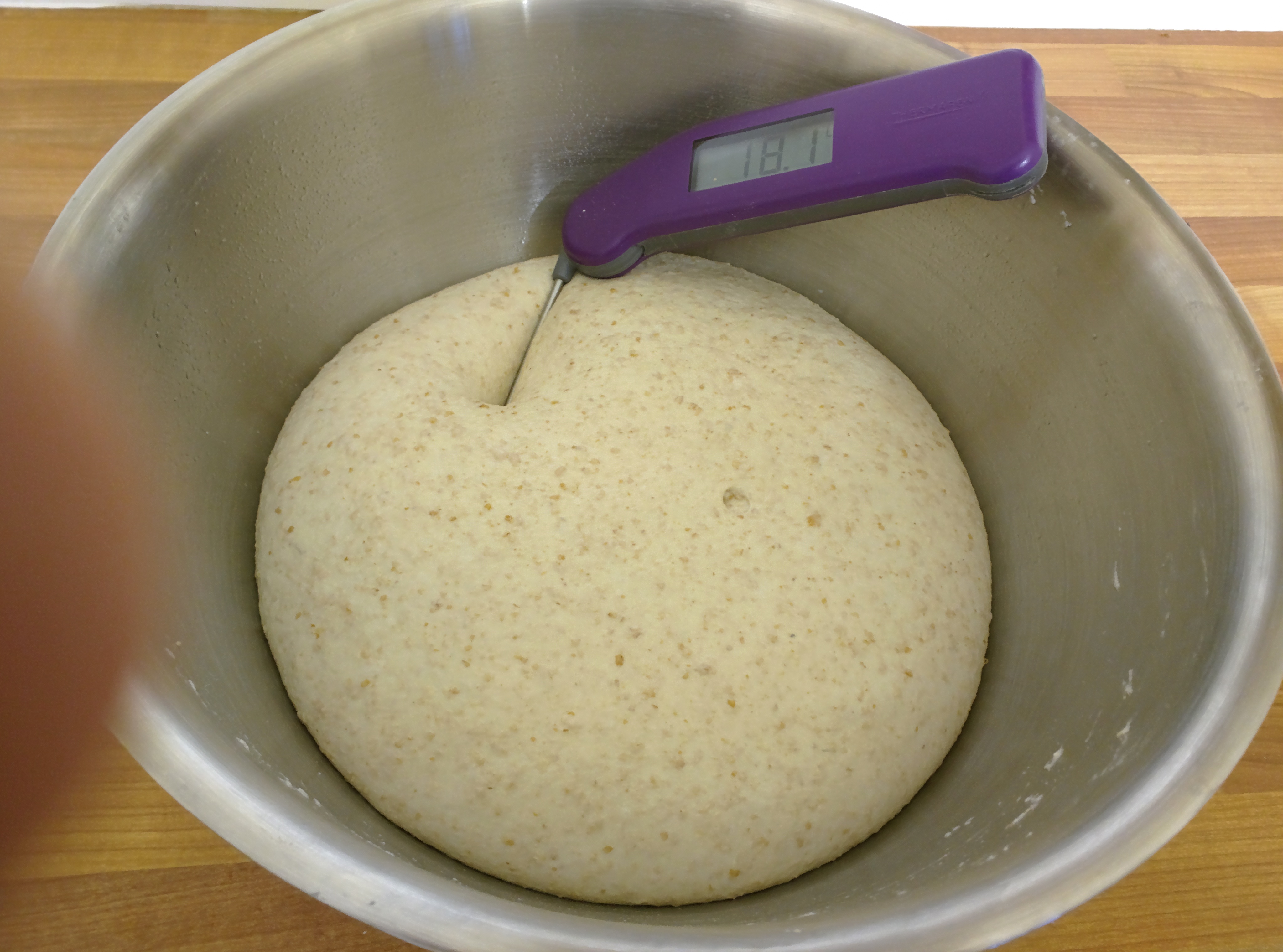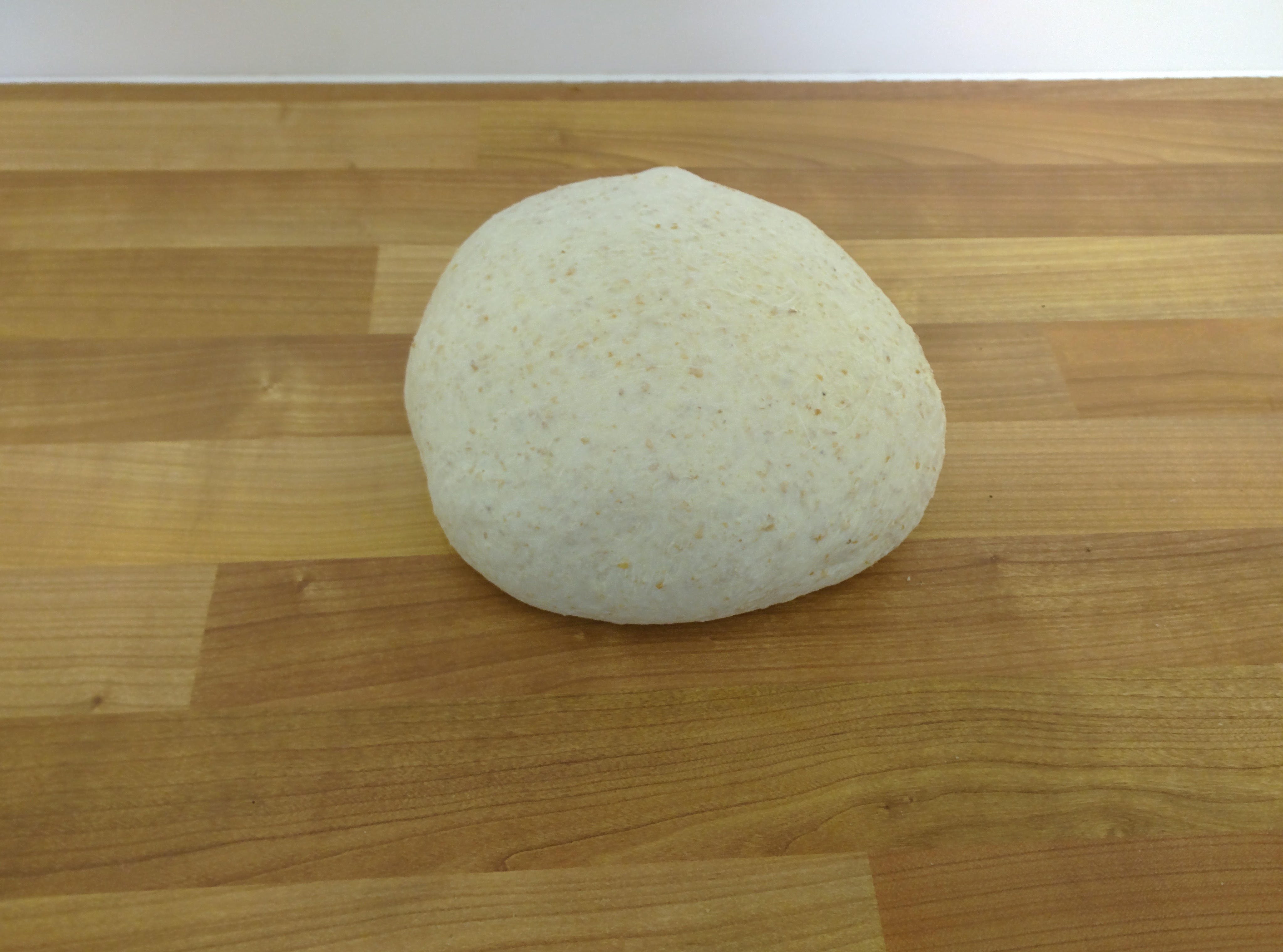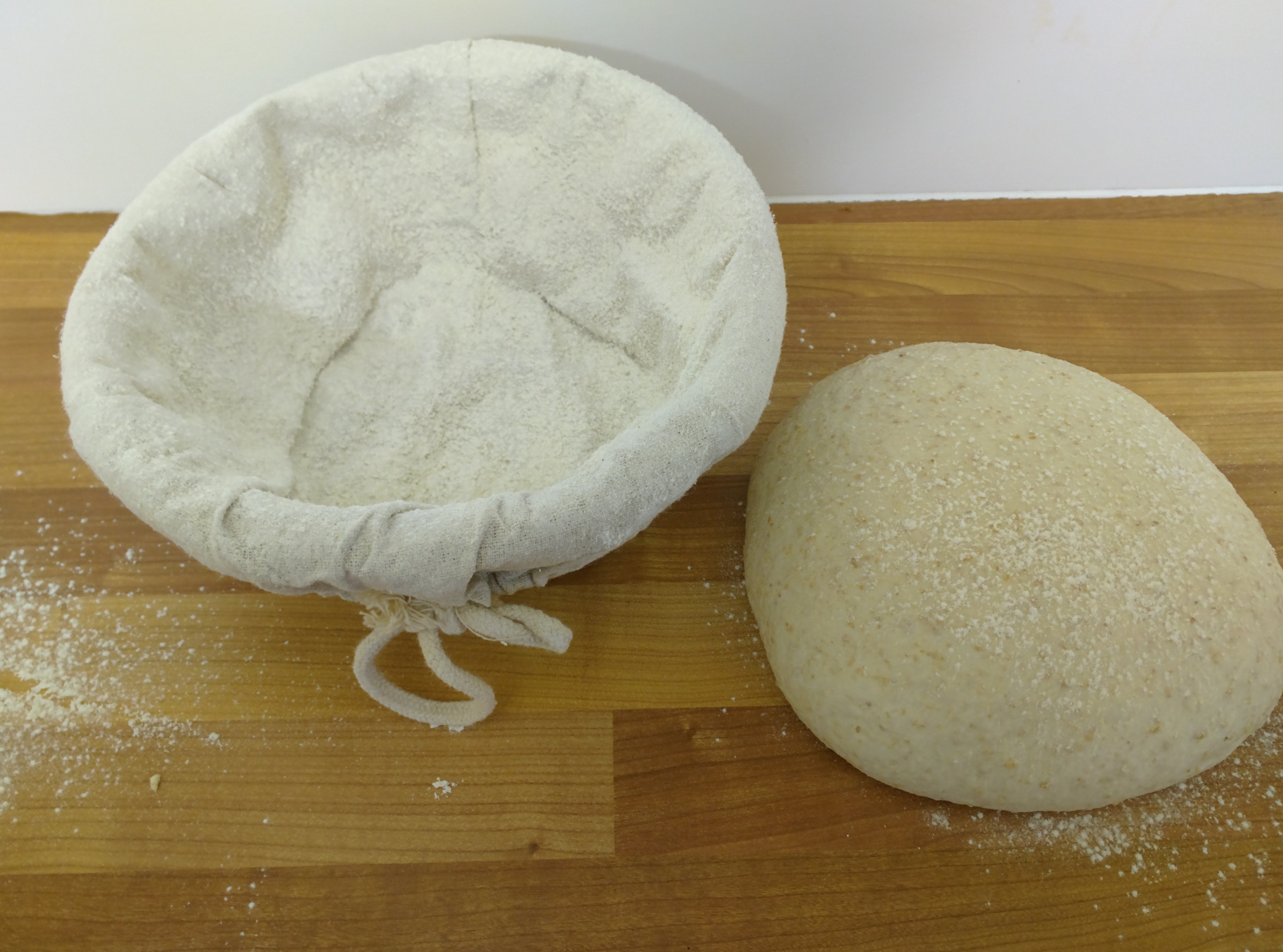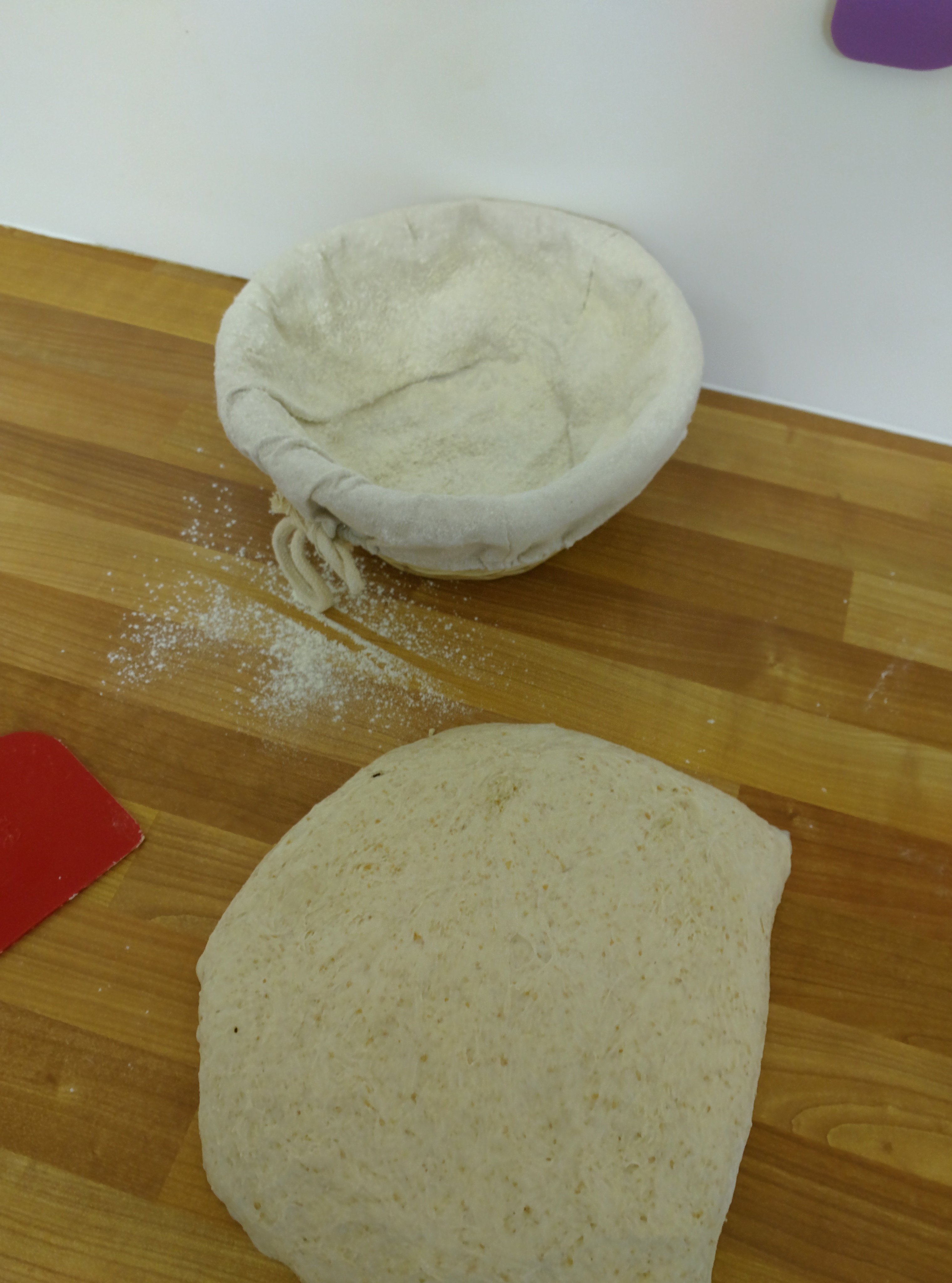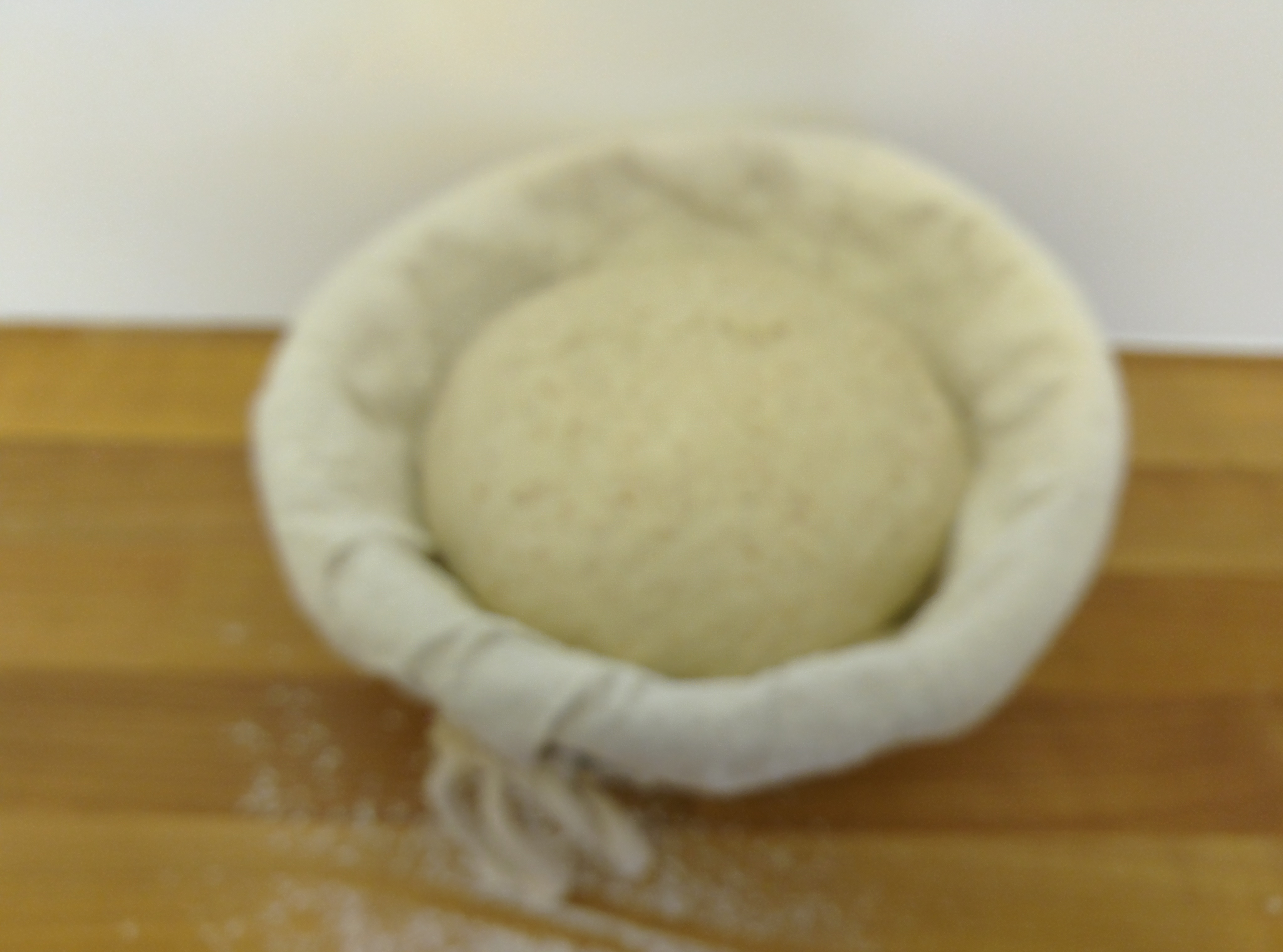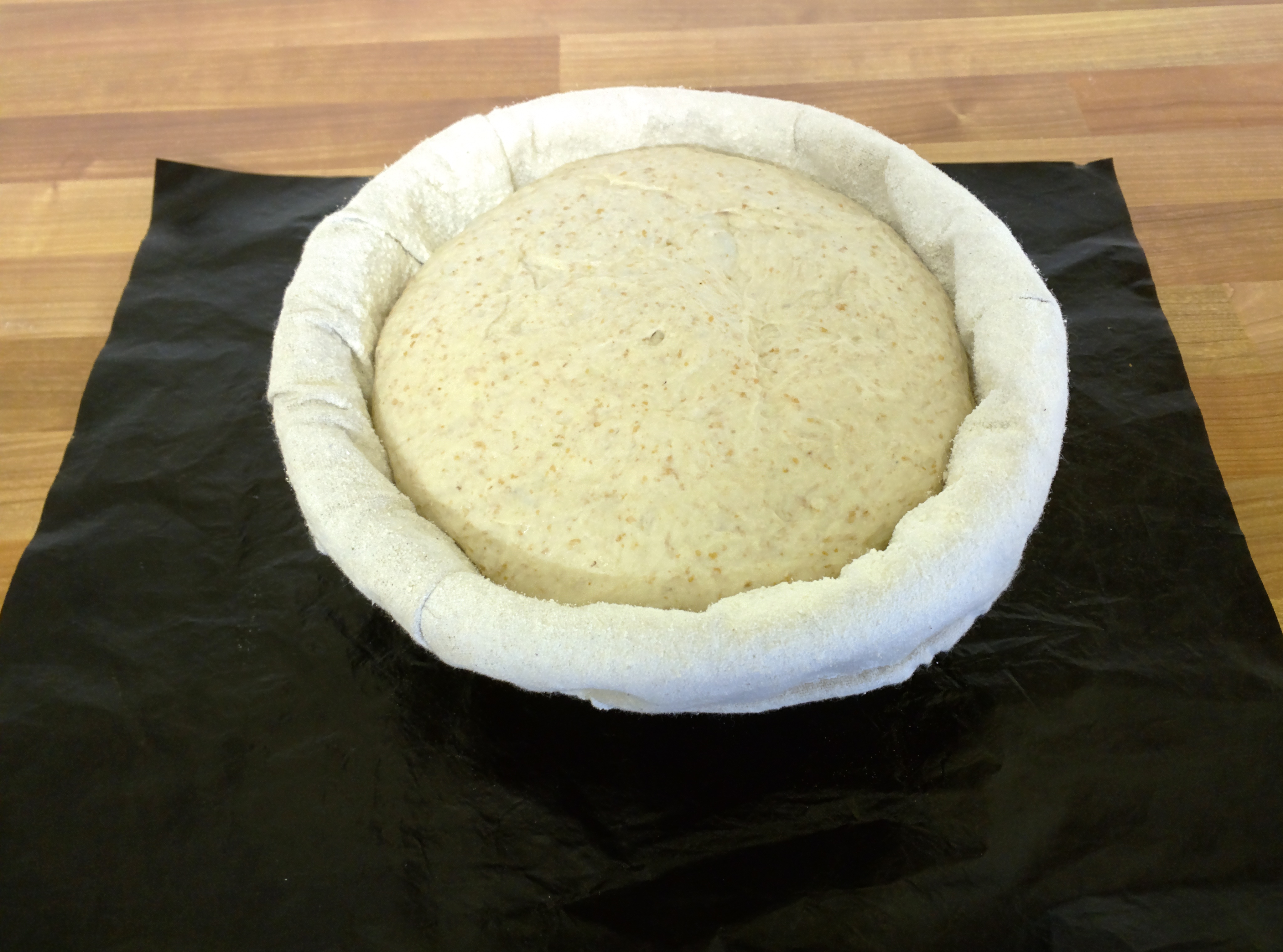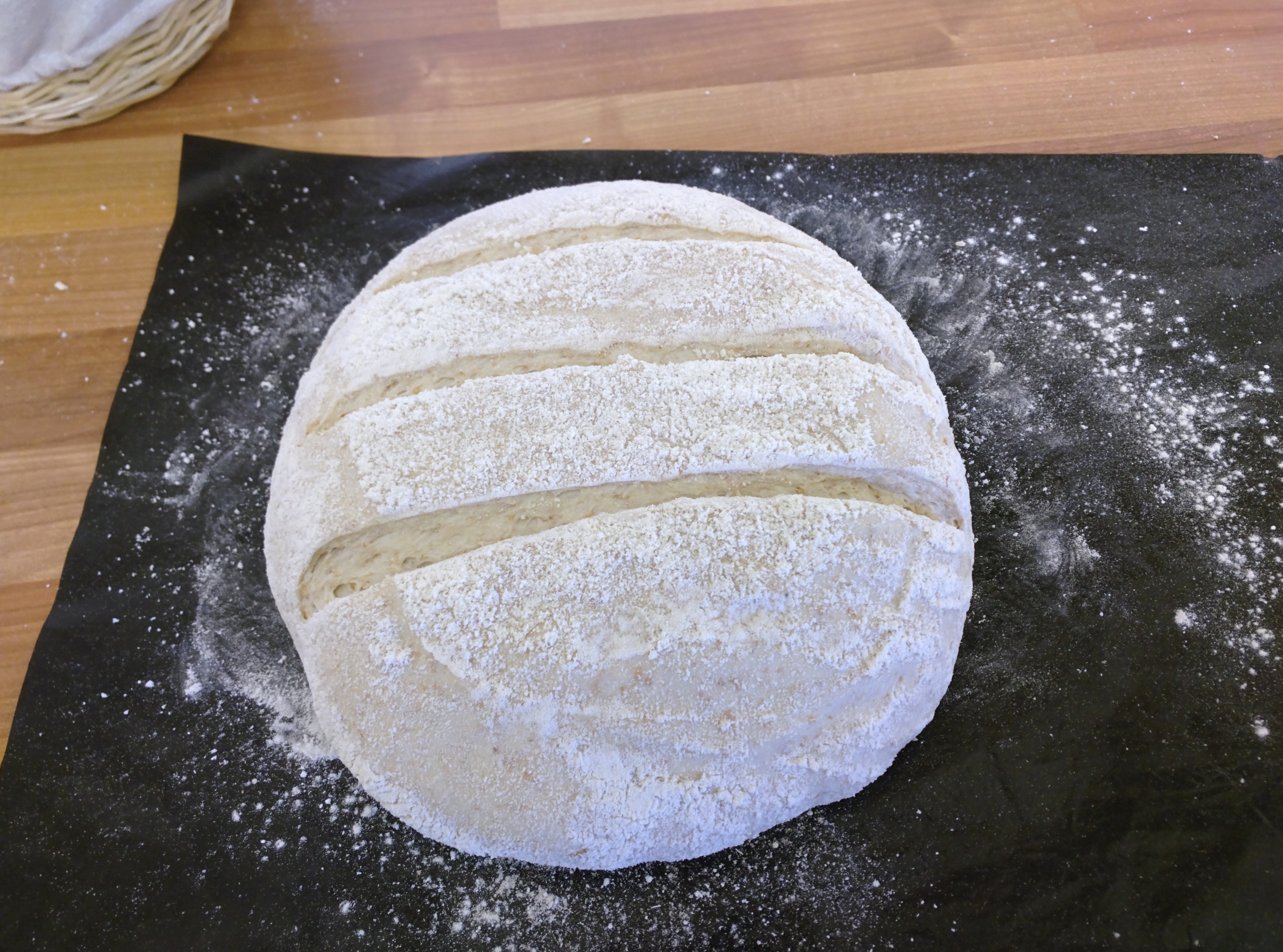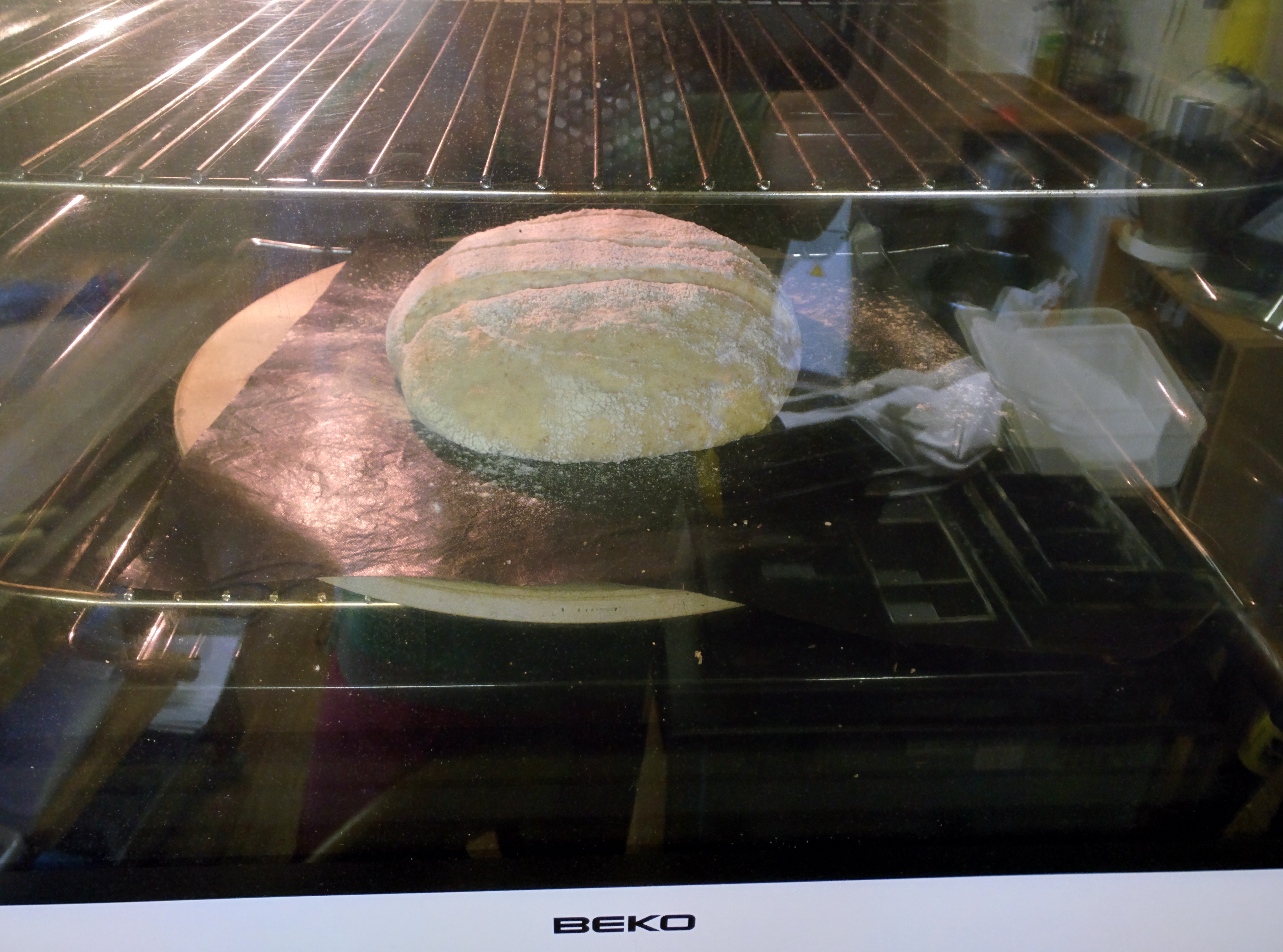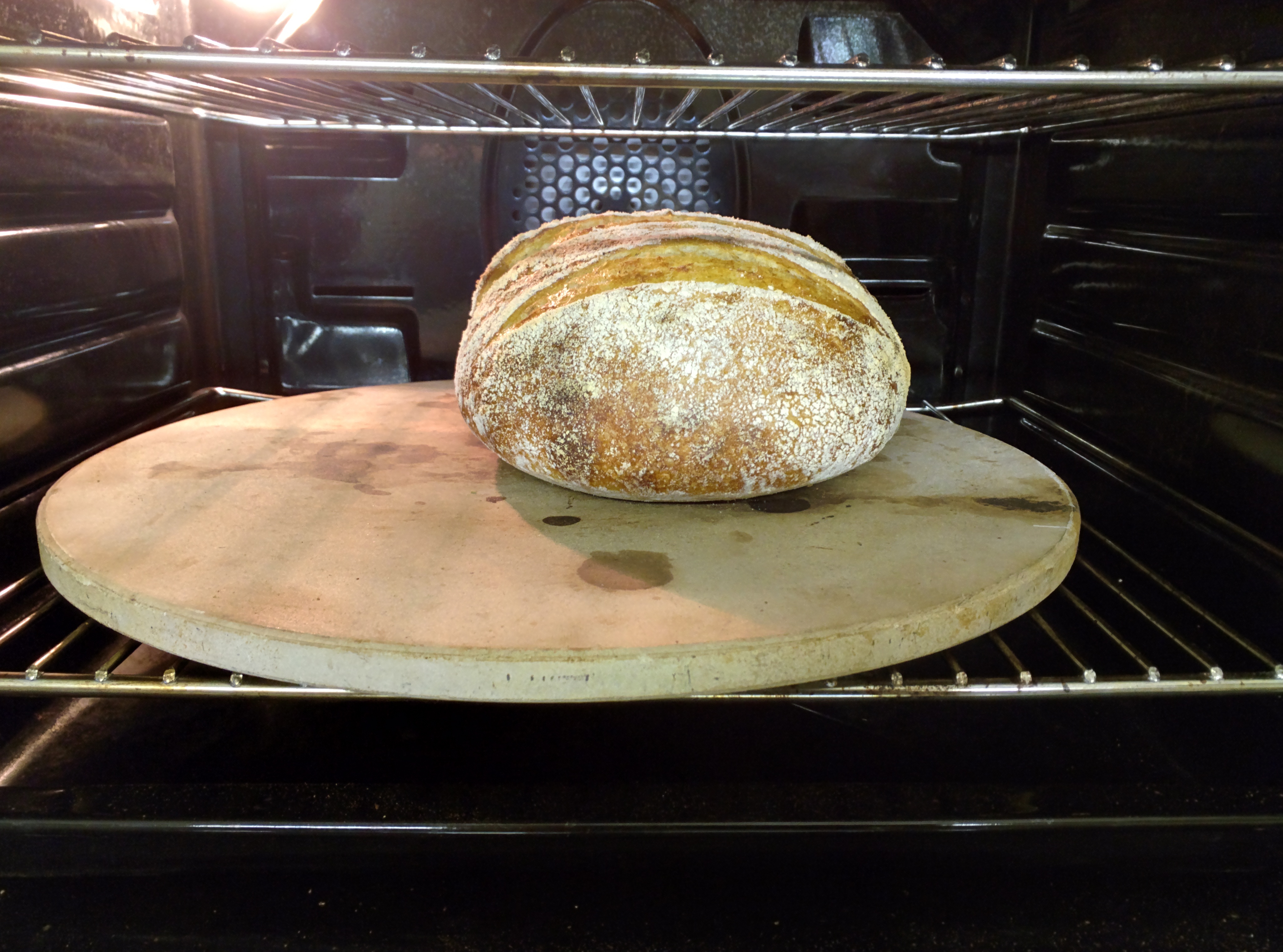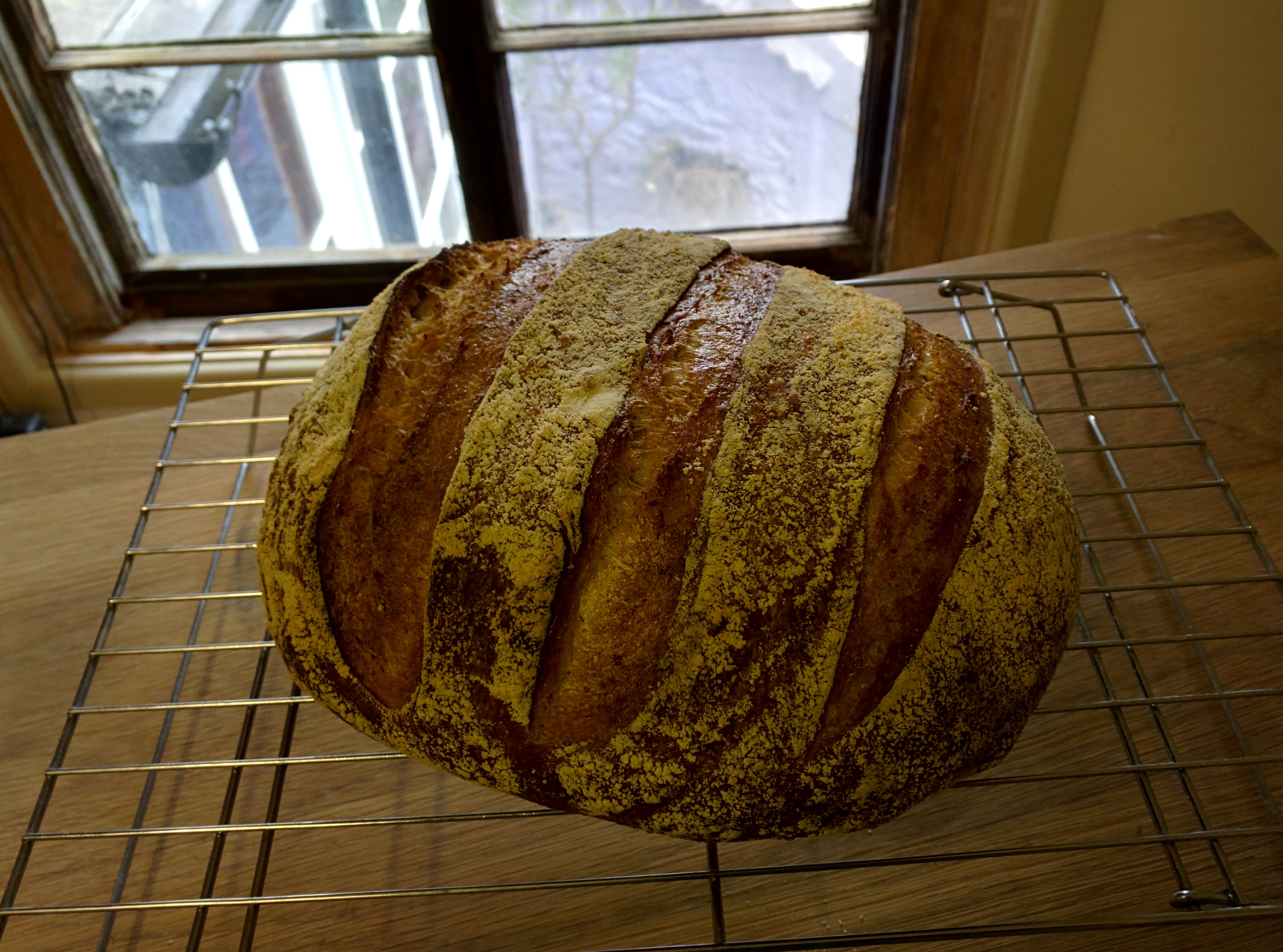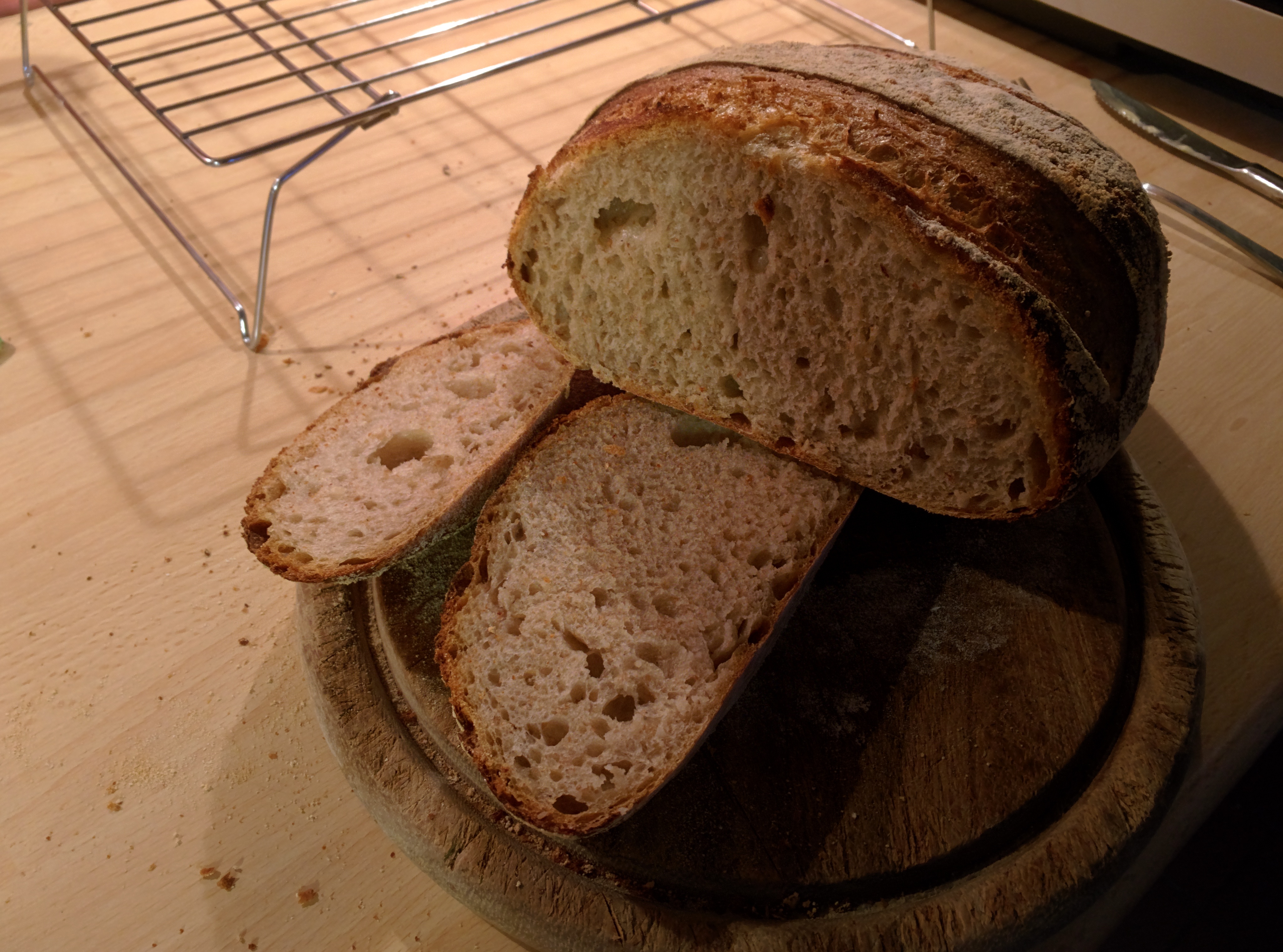
March 3 should be a TFL holiday!
Norm's Onion Rolls and Kaiser Rolls
March 3 should be a TFL holiday. That's the day in 2008 that Stan (elagins) asked Norm (nbicomputers) if he had a recipe for New York style onion rolls. Norm did, and he posted the recipe the same day
I just know there are some here who have yet to bake these. No one's perfect. It's not the end of the world. On the other hand, it would be a terrible thing for the end of the world to happen, and you haven't gotten around to baking these rolls. You shouldn't be depriving yourself. You never know ...
It should be noted that the same dough that is used for onion rolls is also used for kaiser rolls (aka "hard rolls," "Vienna rolls," "bulkies"). The only differences are in the make up (how the rolls are formed), the proofing and the topping. Well, there is also a slight difference in the recommendation for steaming the oven.
I am posting Norm's recipe together with tips he contributed in response to various questions and problems others posted.
So, without further ado ...
The Dough
(Makes nine 3-oz rolls)
- High Gluten Flour 16 oz
- Water 8 oz
- Yeast 0.3 oz Fresh or 0.1 oz Instant
- Salt 0.25 oz
- Sugar 0.75 oz
- Malt 0.25 oz (diastatic malt powder or malt syrup. If you don't have either, just add an additional 0.25 oz of sugar.)
- Eggs 0.75 oz (a little less than 2 Tablespoons)
- Oil 0.75 oz (a little less than 2 Tablespoons
- Combine flour, salt, sugar (And malt, if using malt powder. And crumbled fresh yeast, if using fresh yeast.)
- Pour water in a bowl. (Add instant yeast, if using it, and mix. Add malt syrup, if using, and mix it.)
- Mix egg and oil together.
- In a large mixing bowl, preferably the bowl of a stand mixer, pour in the flour mixture. Add the egg and oil mixture and combine. Last, add the water mixture and combine.
- Using the dough hook, knead on Speed 2 (for a KitchenAid mixer) or equivalent for 10-15 minutes, until the dough is very smooth and silky. (This is a very stiff dough, so your mixer may "walk." Keep an eye on it!) Depending on your flour, you may have to add a bit more water, but the dough should be rather dry. Not sticky or even tacky. It should clean the bowl sides and not adhere to the bowl bottom.
- Place the dough in a clean bowl and cover tightly. Let it ferment until doubled in volume. (About 90 minutes, depending on the room temperature.)
- Turn the dough onto a dry, un-floured work surface. Divide it into 2 to 4 oz pieces, depending on the size rolls you want to end up with. (For reference, a 3 oz piece will result in a 4 inch onion roll or a 3 inch kaiser roll.)
- Pre-shape each piece into a ball, cover with plastic wrap and/or a towel and let them rest for 10 minutes. (This is to relax the gluten, not to rise.)
- If making onion rolls, spread the topping on your work surface, a cookie sheet, a pie tin or whatever.
- Flatten each piece using a rolling pin and/or the palm of you hand. They should be 1/4-1/2 inch thick.
- Press each flattened piece firmly into the topping mixture, then place it topping side up on a baking pan lined with parchment paper which has been sprinkled with coarse cornmeal (polenta).
- Cover the baking sheet with plastic wrap and allow the rolls to fully proof. This may take 60-90 minutes. (Failure to allow the rolls to fully proof will result in more oven spring than is desirable. These rolls should not end up spherical, but rather flat, like a discus.)
- Pre-heat your oven to 450F and prepare to steam it using your method of choice.
- When the rolls are fully proofed, press a finger deeply into the center of each roll.
- Bake them for 5 minutes with steam. Then remove the steam source and continue baking until the rolls are well-browned - 10 to 15 minutes longer. (The tops may remain white if the onions were too wet or you had too much steam in your oven.) If desired, you can bake a bit longer to crisp up the tops.
- Remove the rolls from the oven and cool on a rack.
The Topping for Onion Rolls
(Makes enough for a double recipe)
- Dehydrated onion flakes ¼ cup
- Poppy seeds 1 T
- Salt ¼ tsp
- Oil 1 T
- Put the onion flakes in a bowl and pour boiling water over them.
- When the onion flakes are fully re-hydrated, pour off the excess water but save it for use in the dough or in your rye sour or other good use.
- Mix in the other ingredients and put aside.
If anyone has additional tips, please submit them. Collectively, we have quite a bit of experience with this recipe. I'm hoping to collect it all in one place.
Thanks.
David




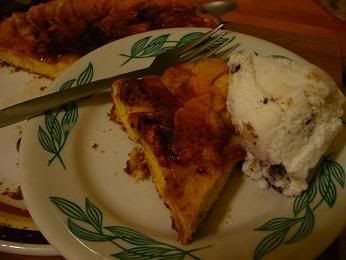
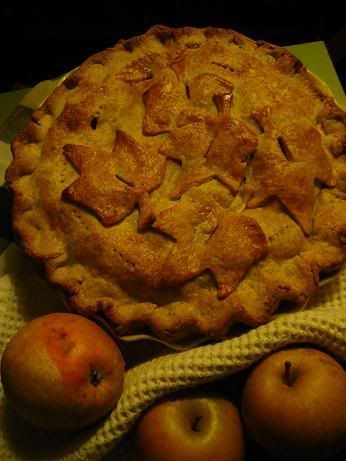
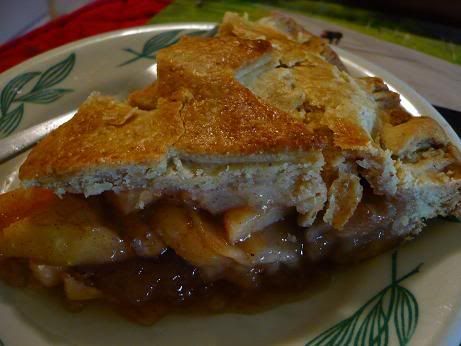
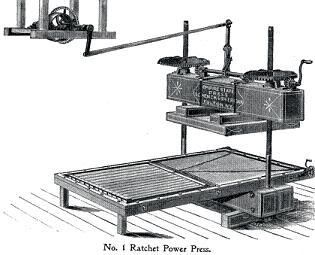
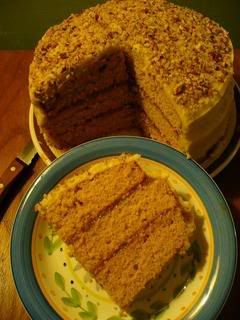

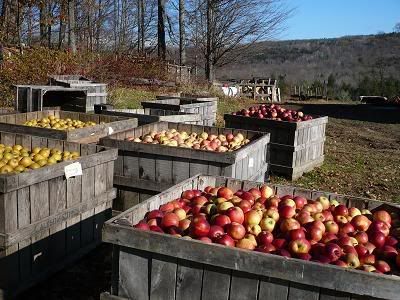
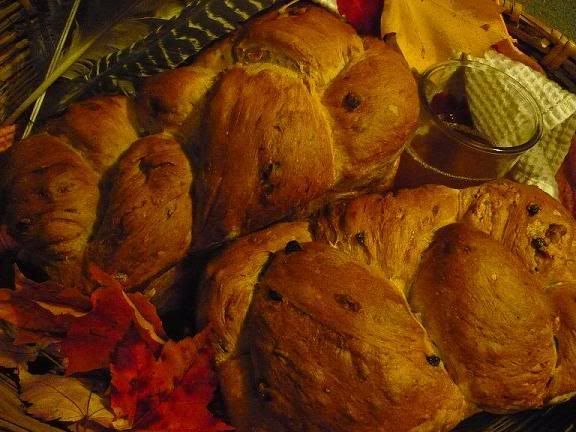
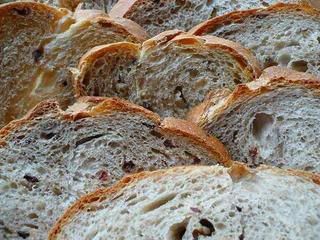

 season's apple crop.
season's apple crop.
